IUCr 2023 Local Organising Committee
A Letter of Invitation
On behalf of the Local Organising Committee of the 26th Congress and General Assembly of the International Union of Crystallography and the Society of Crystallographers in Australia and New Zealand, we would like to extend our warmest invitation to you and your family to join us at the IUCr Congress in Melbourne, Australia from 22-29 August 2023.
On behalf of the Local Organising Committee of the 26th Congress and General Assembly of the International Union of Crystallography and the Society of Crystallographers in Australia and New Zealand, we would like to extend our warmest invitation to you and your family to join us at the IUCr Congress in Melbourne, Australia from 22-29 August 2023.
The last Congress to be held in Australia was in August 1987 in Perth. For those fortunate to attend it still holds fond memories, as well and has provided an ongoing legacy for crystallography in Australia. Building on the 1987 experience, our Congress will focus on equity, diversity and inclusiveness and we will achieve this, in part, through gender balance, strong international attendance and the provision of on-site certified childcare providers and family-friendly facilities. Advise your childcare requirements via the delegate registration form.
A particular emphasis will be placed on the student and early career researcher participation. This will enable us to deliver an outstanding scientific program accessible to all attendees.
Melbourne has been voted as world’s most liveable city for six consecutive years, attributed to its safety, diversity, ease of navigation and clean air. Melbourne is an accredited ‘Safe City’ by the World Health Organisation. It is also one of the most cosmopolitan and multicultural cities in the world, with restaurants catering to every cuisine imaginable and a thriving café culture. There are over 480,000 Asian language speakers, over 550,000 European language speakers (other than English), and over 230 languages and dialects spoken in Melbourne.
The land on which Melbourne lies is the home of the traditional custodians of the land, the Bunurong Boon Wurrung and Wurundjeri Woi Wurrung peoples of the Eastern Kulin Nation and continues to be a significant gathering place for Aboriginal and Torres Strait Islander peoples. Melbourne is also a great gateway to the rest of the Australia with the Great Ocean Road on its doorstep and well-connected flights to the rest of the country. This can be a once-in-a-lifetime opportunity to visit Australia, participate in this global gathering of crystallographers and like-minded scientists, and to experience the unique attractions that the destination has to offer.
See you in Melbourne in 2023!
Professor Michael Parker
Chair, Local Organising Committee
IUCr 2023
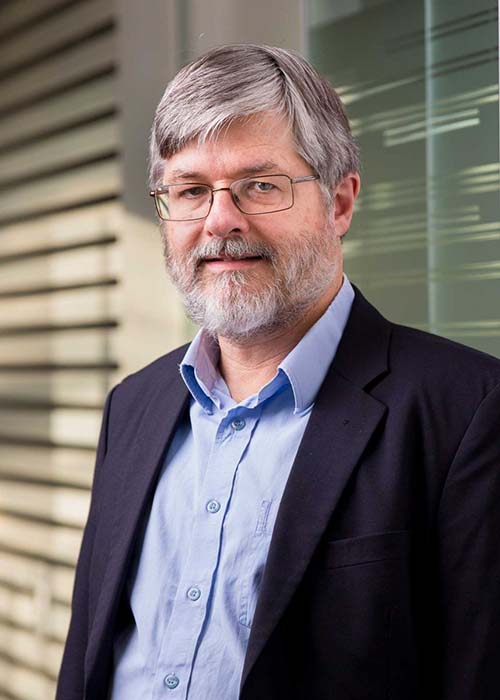
Michael Parker
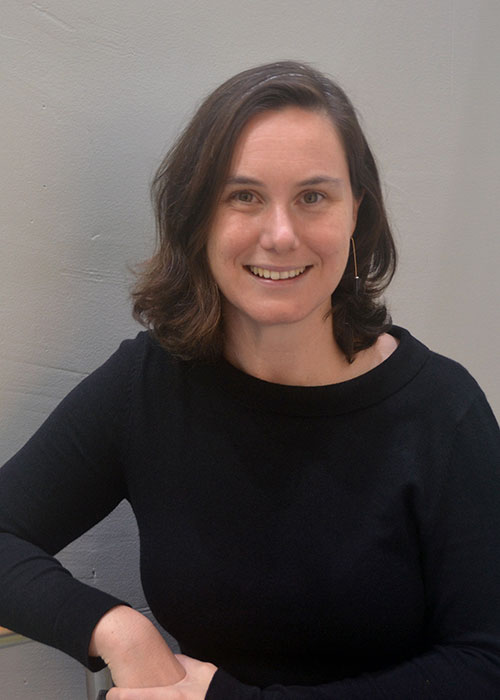
Helen Maynard-Casely
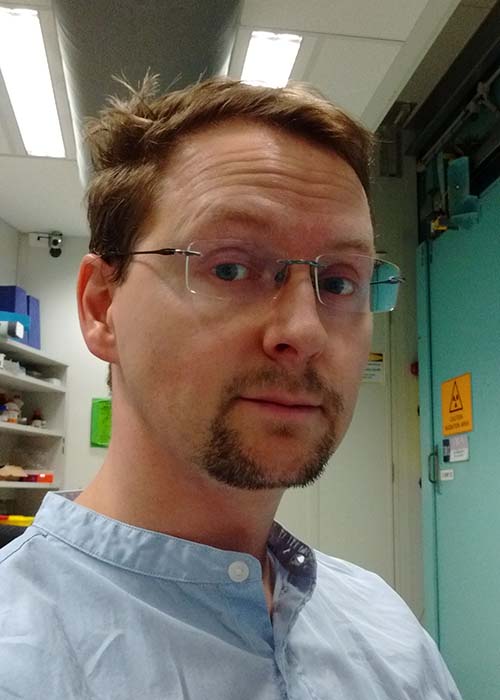
Daniel Eriksson
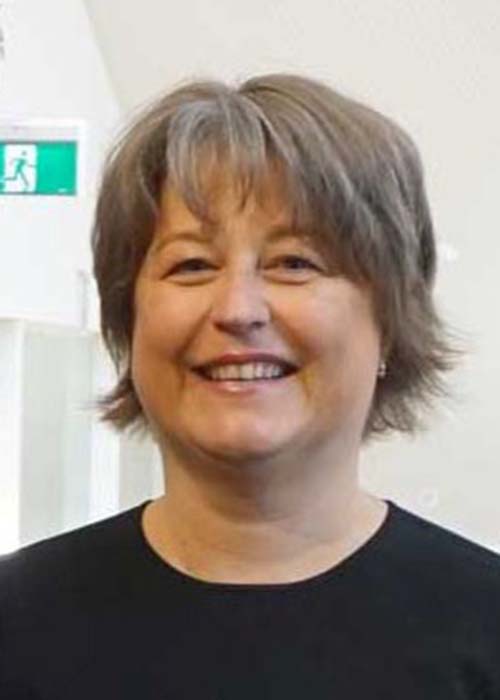
Megan Maher

Tom Peat
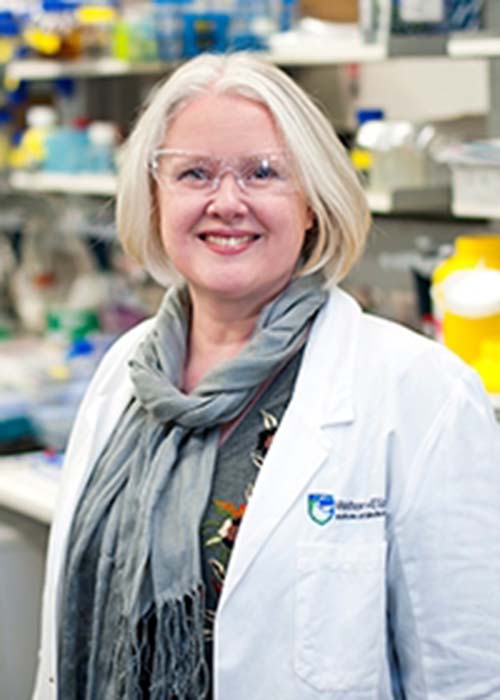
Melissa Call
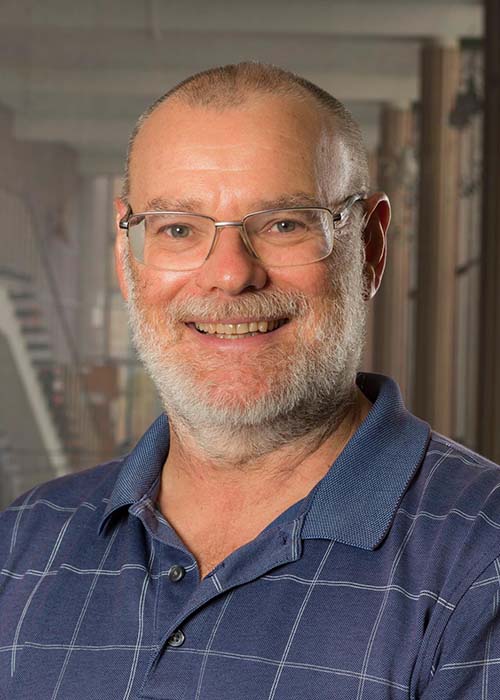
Brendan Kennedy
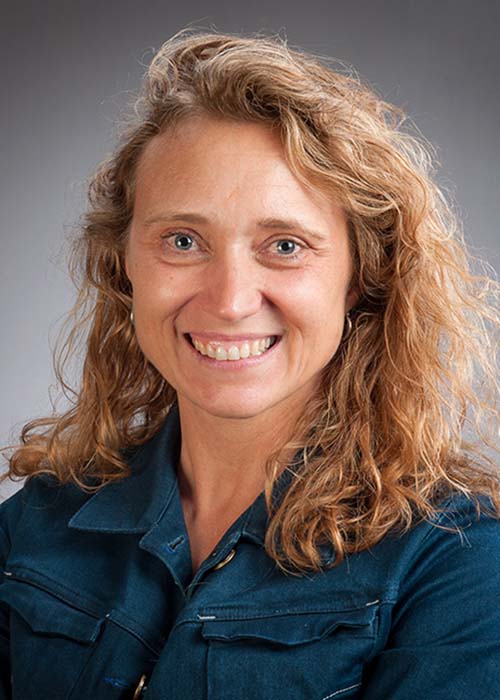
Emily J Parker
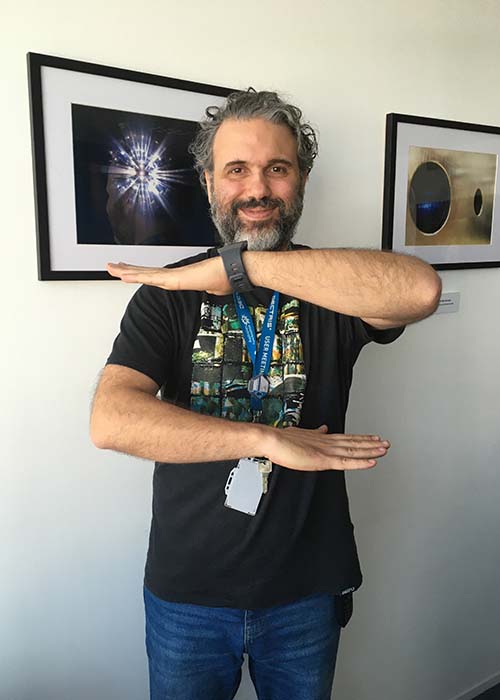
David Aragão
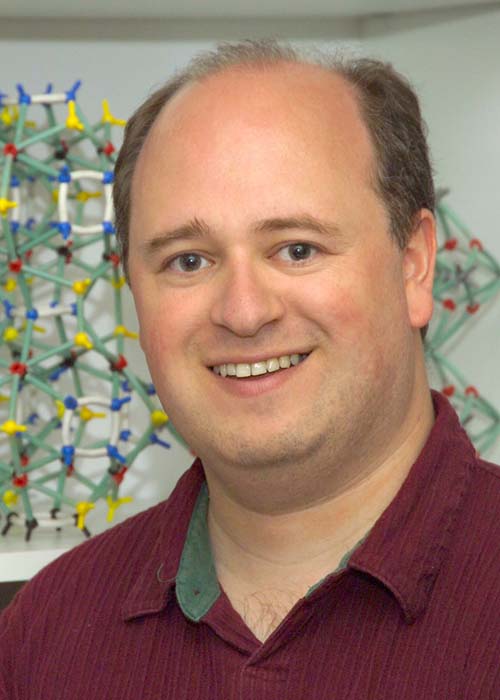
Stuart Batten
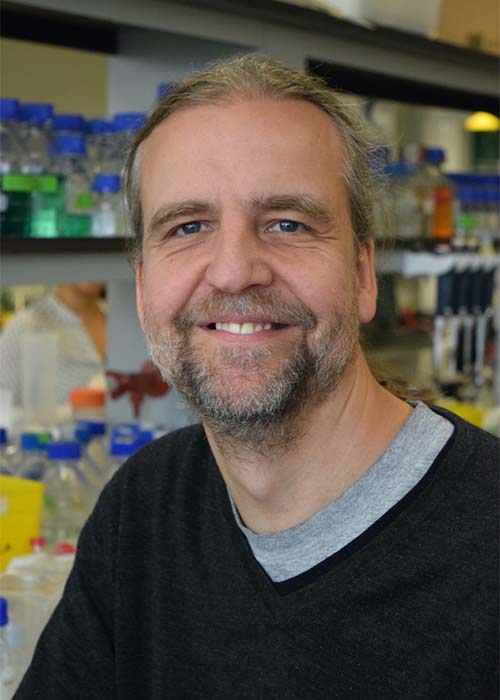
Charlie Bond
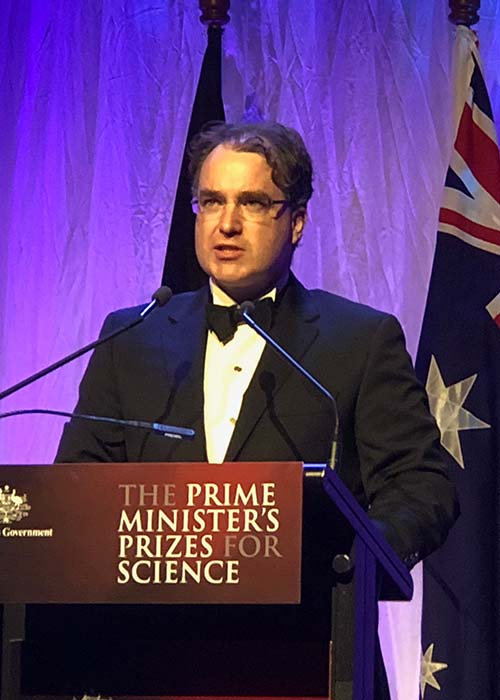
Jack Clegg

Michael Parker

Michael Parker is Director of the Bio21 Institute, University of Melbourne and Head of Structural Biology, St. Vincent’s Institute of Medical Research in Melbourne. Michael completed a Bachelor Science degree with a major in chemistry at the Australian National University followed by a D. Phil. in protein crystallography from Oxford University and a postdoc at EMBL in Heidelberg, Germany. Michael returned to Australia to re-establish a protein crystallography laboratory at St. Vincent’s in 1991. Michael’s international reputation in protein crystallography derives from his research on the structures of membrane-associated proteins, especially pore-forming toxins and cytokine receptors, and of detoxifying enzymes. He has published over 300 papers and his work has been recognised with numerous awards including the 2011 Lemberg Medal of the Australian Society for Biochemistry and Molecular Biology, the 2011 Ramaciotti Medal for Excellence in Biomedical Research, and the 2012 Federation of Asian and Oceanian Biochemists and Molecular Biologists Award for Research Excellence. He was elected a Fellow of the Australian Academy of Science in 2010 and a Fellow of the Australian Academy of Health and Medical Sciences in 2015.

Helen Maynard-Casely

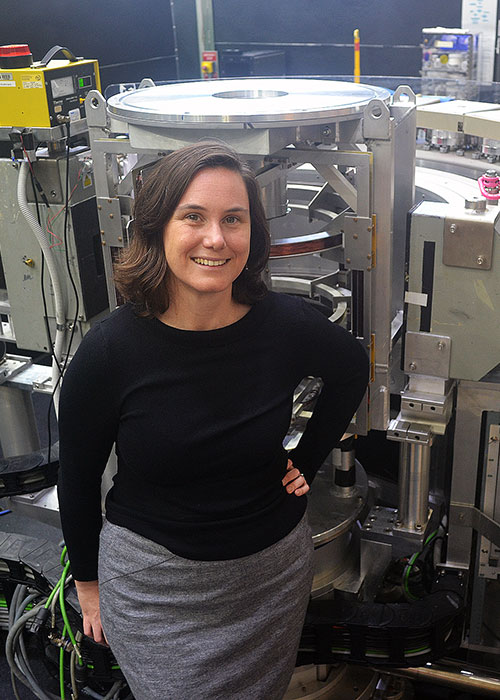
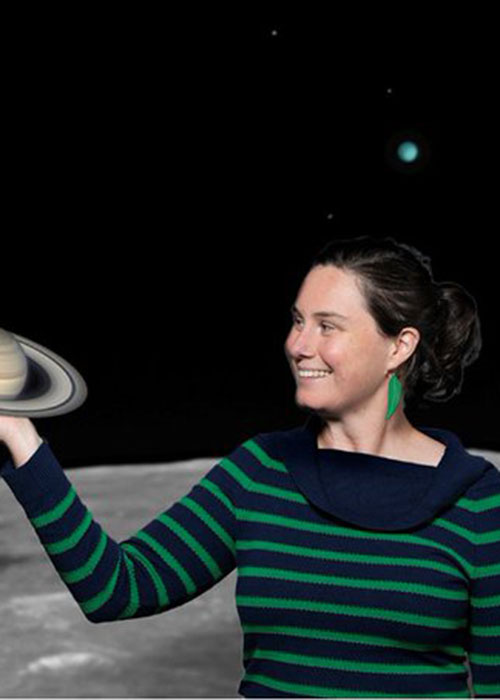
Helen Maynard-Casely (@Helen_E_MC) is a Senior Instrument Scientist at the Australian Centre for Neutron Scattering, ANSTO, and her research interest centre about the structures of materials relevant to the dwarf planets of our solar system. Her journey to exploring these icy worlds began with her degree in Planetary Sciences from University College London, and was followed by her PhD in high-pressure physics undertaken at the University of Edinburgh. Moving to Australia first to a post-doctoral position at the Australian Synchrotron, she moved to the Australian Centre for Neutron Scattering in 2013 to work on the High Intensity Diffractometer (known as Wombat). When not working on Wombat, Helen also enjoys promoting crystallography and science to as wide an audience as possible, for example she coordinated the 2014 Crystallography365 project (https://www.iycr2014.org/learn/crystallography365), was the 2019 Australian Institute of Physics ‘Women in Physics’ Lecturer and published her first children’s book (I heart Pluto) in 2020.

Daniel Eriksson

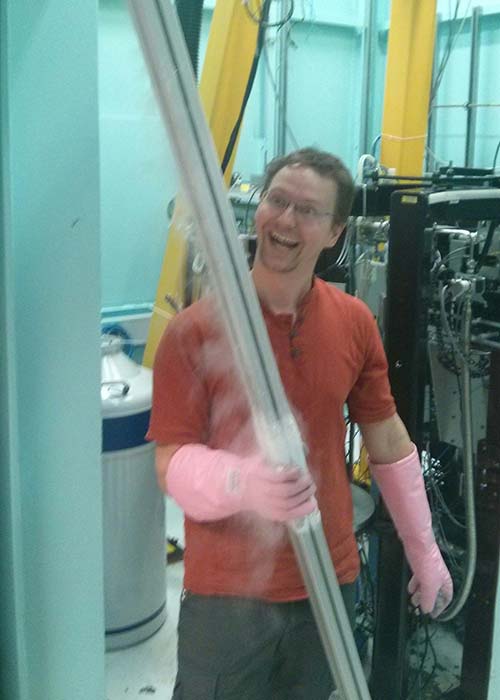
Daniel Eriksson received his PhD from Uppsala University, Sweden, in 2009, in the field of macromolecular X-ray crystallography. Following this, he worked as a Postdoctoral Research fellow with Bostjan Kobe, University of Queensland, on the bacterial, viral, and fungal pathogenesis of humans and plants. In 2014, Daniel joined the Australian Synchrotron, a landmark research infrastructure facility operated by ANSTO, as a beamline scientist in the macromolecular crystallography beamline team. He is an honorary lecturer with the Australian National University, where he has a long-standing collaboration with the Williams group in plant structural immunology. Daniel is currently in the project team for the next generation MX3 beamline, scheduled to start its user program in mid 2023.

Megan Maher

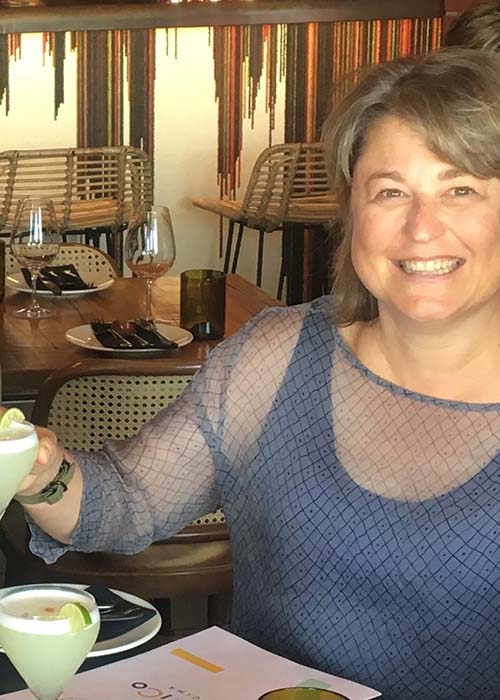
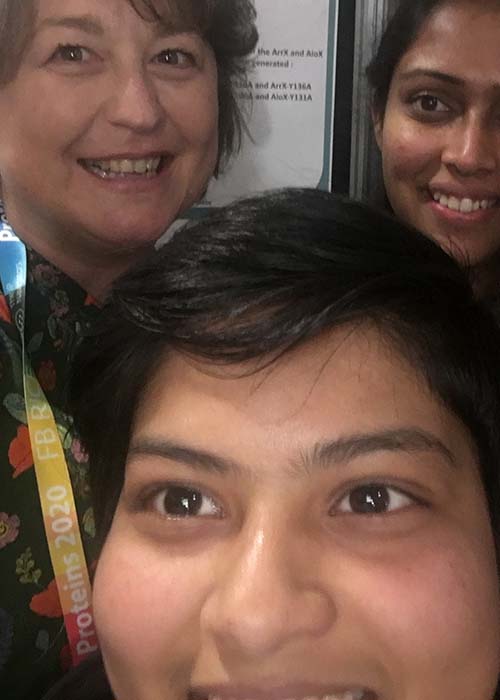
Megan Maher was awarded a PhD in Inorganic Chemistry from the University of Melbourne in 1998. She carried out postdoctoral research at the University of Sydney from 1998-2005, funded by a series of independent Fellowships. Between 2006-2007, she held the position of Team Leader in the Membrane Protein Crystallography Laboratory, headed by Professor So Iwata at Imperial College, London. In 2008 Megan returned to the Centenary Institute in Sydney, on a Career Development Fellowship funded by the Cancer Institute of NSW. Megan relocated to La Trobe University at the beginning of 2012 to take up a position as LIMS Senior Research Fellow. In 2015 she was appointed to the position of Senior Lecturer and Associate Professor in 2018. In 2017 Megan was awarded the Georgina Sweet Award for Women in Quantitative Biomedical Science and in 2018 an ARC Future Fellowship. Megan joined the School of Chemistry and Bio21 at the University of Melbourne in 2019 as part of the University’s Driving Research Momentum (DRM) strategy. Megan’s current research focuses on investigating the role of trace metals in biological systems, with a particular focus on the structural biology of metalloproteinase and integral membrane protein transporters.

Tom Peat

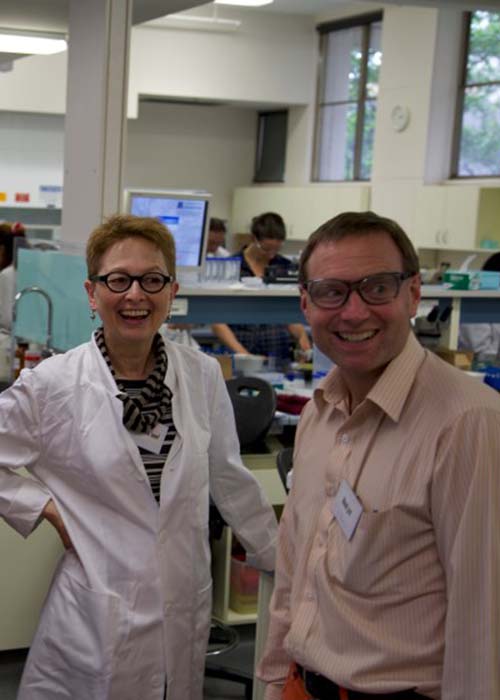
Tom Peat is a Senior Principal Research Scientist at CSIRO and an adjunct professor at UNSW. He received his BA from UC Berkeley (Biophysics and Biochemistry) and PhD from Columbia University, New York City (Molecular and Cellular Biophysics). Tom’s focus has been in protein structure determination by X-ray crystallography, as well as protein-protein and protein-substrate/inhibitor interactions. He has led or been involved in several fragment-based drug design and structure-based drug design campaigns and two of these are now in phase 1 clinical trials. His work has been performed both in government laboratories (Los Alamos National Lab and CSIRO) and in industry (Structural Genomix, OpenEye Scientific Software). Tom has collaborated widely, working with academics, industry and has deposited over 300 structures to the Protein Data Bank. He is a founder of two biotech companies in Melbourne: MecRX and Vittail. Both companies are developing inhibitors to cancer targets.

Melissa Call

Dr Melissa Call is a Laboratory Head in the Structural Biology Division at the Walter and Eliza Hall Institute. The Call laboratory studies the structural basis of signalling through cell-surface receptors that control key functions in immunity and haematopoiesis. The membrane-embedded domains of many receptors have features that guide receptor assembly in the endoplasmic reticulum and propagate signals through the membrane. However, it is extremely challenging to get structural data for these regions and as a consequence, our understanding of these processes is limited. Through the crystallisation of the Glycophorin A transmembrane domain, we have shown that the transmembrane domains of even single-spanning receptor subunits are amenable to crystallographic techniques and have validated that native structures can be obtained. Furthermore, we have crystallised the DAP12 transmembrane domain, which has yielded insights in the mechanistic basis of NK cell receptor assembly. We are applying these techniques to better understand how type I cytokine receptors mechanically communicate ligand-binding events across the lipid bilayer and how the unique physical and chemical characteristics of the membrane environment contribute to and regulate receptor function. Dr Melissa Call received her PhD in Molecular Medicine from the University of Auckland was a Postdoctoral Fellow at the Dana-Farber Cancer Institute in Boston where she studied the mechanisms of peptide-exchange in the MHC class II peptide-presentation pathway. She joined the Structural Biology Division at the Walter and Eliza Hall Institute in 2010 and runs a joint research programme with Dr Matthew Call.

Brendan Kennedy
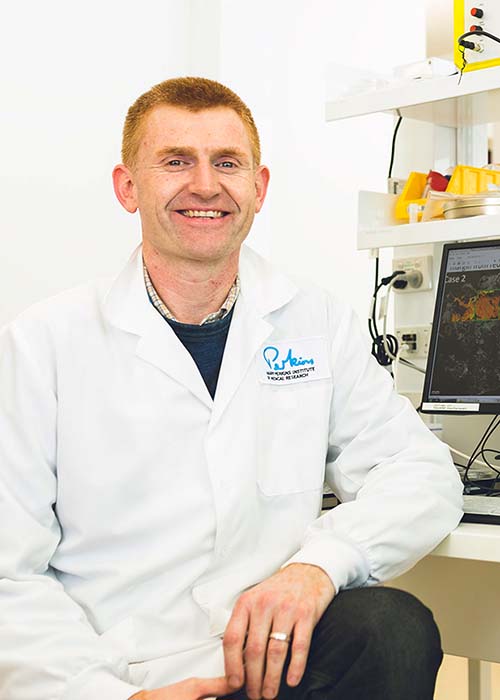
Professor Brendan Kennedy is a Professor of Chemistry at the University of Sydney, where his major research interests are in structure-property relationships in metal oxides, with a particular interest in structural and magnetic phase transitions. He received his PhD in inorganic chemistry from Monash University and following post-doctoral positions at Oxford University and the Australian National University moved to the University of Sydney to establish a solid-state chemistry laboratory. His research makes extensive use of synchrotron and neutron powder diffraction and spectroscopy. He has published over 350 papers and his work has been recognised with numerous awards, including an Australian Institute of Nuclear Science and Engineering Gold Medal. He was chair of the 2005 International Conference on Neutron Scattering held in Sydney and is a member of the local organising committee for the XAFS International Conference on X-Ray Absorption Fine Structure 2021 and 2022.
He is a past president of the Society of crystallographers in Australia and New Zealand and of the Australian Neutron Beam Users group. He is currently a Member of the IUCr Commission for Powder Diffraction and President of the Asia-Oceania Neutron Scattering Association.

Emily J Parker
Professor Emily Parker received her PhD in Biological Chemistry at University of Cambridge in 1996, and joined the Ferrier Research Institute in June 2017 to lead the Chemical Biology Research Group. Emily is a Principal Investigator and on the management committee of the Maurice Wilkins Centre for Molecular Biodiscovery which harnesses and links New Zealand’s outstanding expertise in biomedical research to develop cutting-edge drugs and vaccines, tools for early diagnosis and prevention, and new models of disease. The research group focuses on the chemistry and biochemistry of enzyme-catalysed reactions, with the broad aim of aiding the development of new treatments for diseases and using the natural biosynthetic machinery for the efficient generation of valuable products. Using a variety of computational and experimental approaches her team has also studied the molecular details of communication networks in proteins. Her current projects include developing new, more potent inhibitors that have potential as anti-tuberculosis drug, and new treatments for meningitis. Emily also teaches at a number of undergraduate courses within Victoria’s School of Chemical and Physical Sciences. In 2010 she won an Ako Aotearoa teaching award for ‘Sustained Excellence’.

David Aragão


David Aragão studied organic chemistry at the Universidade Nova de Lisboa (FCT-UNL, Portugal, 1994-2001). From early undergraduate days he got interested in structural biology having spent time in international laboratories like the EMBL, Grenoble, France (1999) and University of Georgia, Athens, USA (2000). After graduating in chemistry David worked for a 2-year period as a research assistant in Protein Crystallography with particular emphasis on metalloproteins (2000-2001). From here he then followed to a joined Ph.D between the European Synchrotron Radiation Facility (ESRF, France) and the Instituto de Tecnologia Química e Biológica (ITQB-UNL, Portugal) – 2002 to 2007 – where the metalloproteins research path was expanded to enzymes involved in bacterial biofilm formation. In 2008 he moved to Ireland, under Prof. Martin Caffrey’s supervision, as a NHI funded Postdoctoral Research Fellow (University of Limerick) and later successfully obtaining a prestigious IEF Marie Curie Fellowship to work at Trinity College Dublin. During this period he specialized in the membrane protein field working in diverse important targets from GPCRs, membrane metalloproteins and several P. aeruginosa membrane proteins involved in biofilm, membrane kinetics, ABC-transporters and others. In 2011 he joined the Australian Synchrotron for a two year period as a beamline postdoc and after a brief stunt jointly appointed by the Australian Synchrotron and Victor Chang Cardiac Research Institute he became a Beamline Scientist at the Australian Synchrotron. Later he moved to the United Kingdom where he currently has the role of Senior Beamline Scientist at the I04 Diamond Light Source beamline. His current research interests lie in field of membrane structural biology namely viral capsids, nuclear import, membrane metalloproteins, ABC- transporters, ATP synthases but also crystallography and beamline method developments from hardware to software developments related to micron-beams, lipid cubic phase, multi-crystal data merging just to name a few.

Stuart Batten

Stuart Batten completed his PhD (1996) at the University of Melbourne with Richard Robson and Bernard Hoskins. This was followed by postdoctoral positions at Bristol, Melbourne and Monash, including two Australian Research Council Fellowships. He commenced a Lectureship at Monash in 2006, and has been a full Professor there since 2012. His research, detailed in more than 300 publications, is mainly in the areas of crystal engineering, coordination polymers, supramolecular chemistry, inorganic chemistry, and chemical crystallography. He is lead author of a book entitled Coordination Polymers: Design, Analysis and Application (RSC 2009; with DR Turner and SM Neville). His research has attracted over 26,000 citations (h-index = 84), leading to recognition as a Highly Cited Researcher (2014, 2015, 2016) and several other awards, including a Thomson Scientific Citation Award (2008), the Le Fèvre Memorial Prize (2008), and the Rennie Memorial Medal (2002). He is also a former President of the Society of Crystallographers in Australia and New Zealand (SCANZ), former Chair of the IUCr Commission on Structural Chemistry, and co-founder and co-chair of the inaugural Australasian Crystallography School.

Charlie Bond
Charlie Bond is a Professor of Structural Biology at the University of Western Australia. He uses crystallography and related methods to understand how the spatial arrangement of biological molecules in complexes dictates their function. He is particularly interested in protein:nucleic acid interactions, and their functions in gene regulatory complexes in eukaryotes. He loves collaborating, to combine his expertise in crystallography, bioinformatics, biochemistry and molecular biology, with experts in cell biology and other biophysical techniques.

Jack Clegg
Jack Kay Clegg (@JackKClegg) is a Professor of Inorganic Chemistry at The University of Queensland. Jack studied Chemistry, History and German graduating with a Bachelor of Liberal Studies (Honours) and a University Medal from the University of Sydney. He went on to complete a PhD in Chemistry (2008) and a Bachelor of Laws (2009). After completing his studies Jack won a Marie Curie Fellowship to conduct research at the University of Cambridge. Jack joined UQ in 2012 and was an ARC Future Fellow 2014-2018. In 2018 Jack was awarded the Malcolm McIntosh Prize for Physical Scientist of the Year. When not frying crystals Jack plays the double bass.
Key Dates
| Call to action | Date |
|---|---|
| Late Registration Fee | Now Applies |
| Accommodation booking deadline | 17 July 2023 |
| IUCr 2023 pre-Congress workshops | 21 & 22 August 2023 |
| IUCr 2023 Congress | 23-29 August 2023 |
